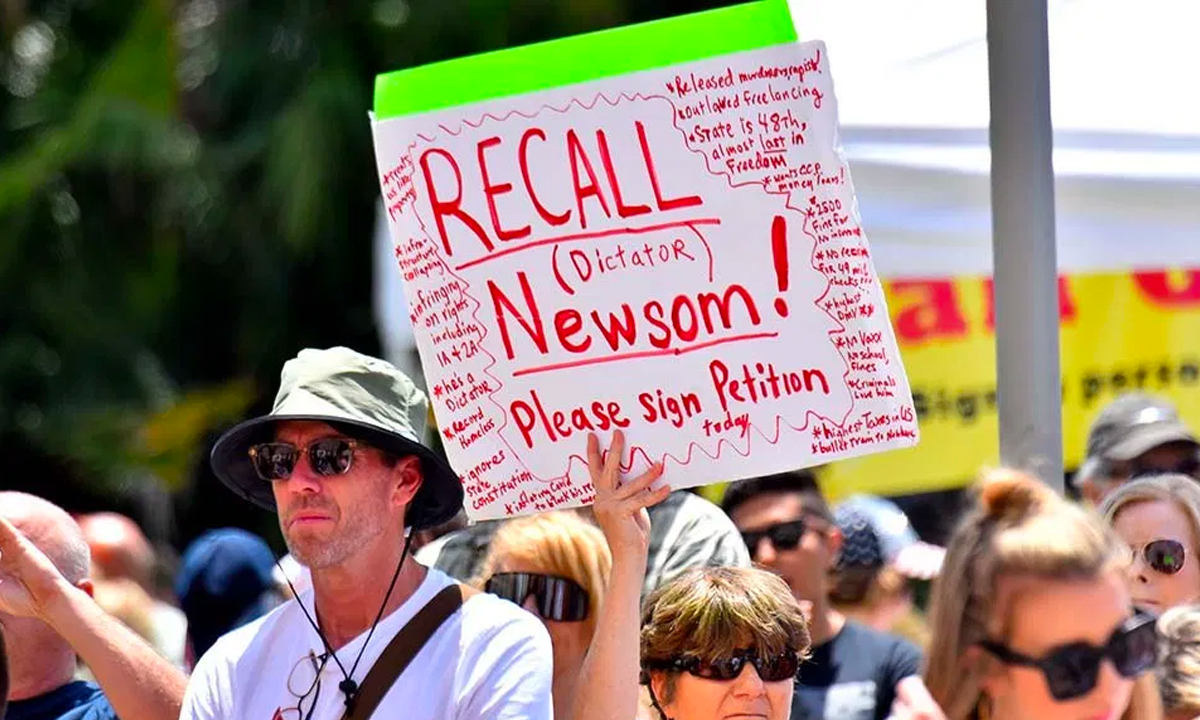As California moves closer to a likely recall election later this year, it is worthwhile to look at some of the quirks of the process. One of the many interesting California recall rules is that even if a replacement candidate has less support than Gov. Newsom, if more than 50% of people opt “yes” on their ballot to recall Newsom, the replacement with the most votes becomes Governor.
Voters should keep in mind that the current governor is not allowed to be listed on the list with the other alternative candidates.
Candidates will have to file their paperwork 59 days before the election, which must be scheduled 60-80 days after the recall measure has been certified by the secretary of state. On the flip side, If Lt. Gov Eleni Kounalakis decides to schedule the election 60 days after the recall is certified; it will only give candidates one day to file, which could reduce the number of opponents Newsome will face for this election.
This California recall model is unique and only 19 of the 50 states are allowed to fire their elected officials in a “snap election”.
Despite anger and frustration over Newsom’s performance from millions of Californians, Democrats are doing whatever they can to prolong the time until the recall election. As a result, it likely will not be until late fall.
By this time, residents may see California opened up and many economic issues subsided. But it will be important for them to remember why they wanted to recall Newsom in the first place. The Governor has shown, both before and during the pandemic, that he does not possess the leadership qualities that voters initially believed he had. Not only have we had higher taxes and more crime under Newsom’s leadership, but he has used his position to give major contracts to his donors, attend fancy dinners in violation of his own rules, and much more.
For more information on some of Newsom’s biggest failures, check out this article.
Photo by Chris Stone / Times of San Diego




